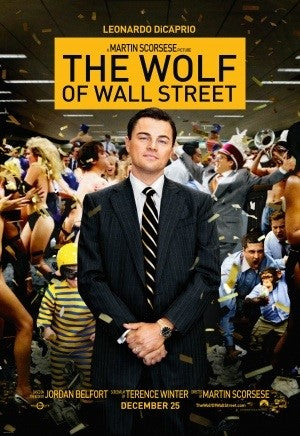
The Wolf of Wall Street
Share
Last week, I gave a conference titled “The role of the leader in an organization’s culture”, to 2nd year college students at Universidad Francisco Marroquín, in Guatemala City. I explained that, to ensure long-term success, an organization’s culture needs to be clear, aligned with the strategy and healthy. This means there must be:
- Vision, mission and values
- Stated objectives for each component of the culture, with a clear link to the strategy
- Clearly defined behaviors that employees should demonstrate
- Actions to be implemented
- Indicators to be measured
I’ll provide an example of a key component of the culture we defined in my previous position as CEO. In this company, we had an important cultural issue with meeting your commitments. When people didn’t meet their commitments, there were no consequences, so the company’s performance was suffering. We defined that a key component of our culture would be “Commitment to Results”, which we defined as follows:
Objective:
- To ensure that commitments are kept and the established goals are reached.
Practices, programs and tools:
- Establish clear goals and plans at all levels (we were using Franklin Covey’s 4 Disciplines of Execution)
- Establish clear roles, process and policies
- Ensure accountability (weekly follow-up meetings)
- Ensure consequences according to performance and delivery
Behaviors expected from employees
- Demonstrate minimum tolerance at un-kept commitments with assertiveness and consequences
Indicators to measure
- Compliance with the Business Cycle Plan
- Alignment between goals and Balance Score Card
- 4 Disciplines certifications (from Franklin Covey’s 4 Disciplines of Execution)
- Performance appraisal
Then I used the movie “The Wolf of Wall Street” as an example of an organization’s culture. We discussed if this organization’s (Stratton’s) culture was clear, aligned with the strategy and healthy. Our conclusions were that the culture was clear and aligned with the strategy: a culture of “anything goes” to make money, no matter what; where disrespect of others, drugs, alcohol, sex, were all part of the “anything goes”….But, was it healthy? Obviously not! So the organization was successful – in its own terms – for some time, but their unhealthy culture ensured they wouldn’t last too long. Something that we’ve seen in many business’ failures over the years.
So what is the leader’s role in an organization’s culture?
- To actively participate in the definition of the culture and its implementation plan
- To be the first one that – consistently – exemplifies the culture
- To demand it from subordinates
- To verify that this is being pushed down throughout the organization
Basically, to LEAD!
